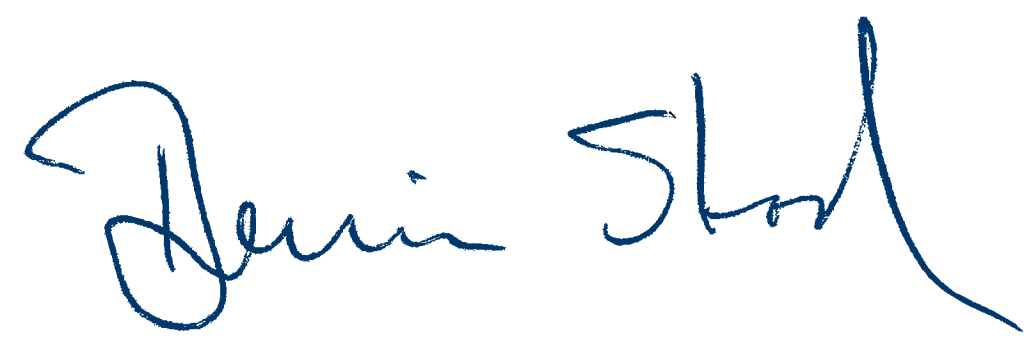Increasing the Personnel Strength of the Space Force
February 21, 2024
The U.S. Space Force was established in 2019 in response to growing threats that challenged our current capabilities, and to which U.S. countermeasures had not yet been developed. Therefore, the Space Force was established using initial manning levels that did not reflect these growing threats or future requirements.
However, since its inception, the Space Force has been developing countermeasures to these threats with new architectures, such as: a.) distributing capabilities to Low-Earth Orbit (“LEO”) and Medium-Earth Orbit (“MEO”) from Geosynchronous Orbit (“GEO”), in order to establish proliferated architectures to provide resilience to continue missions while being attacked, b.) establishing an orbital, proliferated transport layer to respond in a timely fashion to increasingly short threat timelines, c.) accelerating the pace of launch, leveraging a burgeoning commercial launch market, d.) responding with an increasingly rapid and responsive set of capabilities to include responsive launch, on-orbit spares, ready to launch ground spares, and the ability to tap in to the commercial Space reserve, e.) incorporating commercial capabilities into Defense Department (“DoD”) constellations, f.) dealing with C4 of the increasingly proliferated and complex suite of constellations, and g.) implementing real-time component support.
The current strategy is to maintain existing systems while introducing a new, resilient, proliferated architecture; significantly increasing the workload that exists today, and increasing the number of systems to be acquired, launched, and more importantly, operated. Also, the Space Force is developing warfighter strategies to operate in the largest Area of Responsibility in the DoD, against a variety of current and potential threats, while concurrently expanding support to the force and warfighter in the COCOMs.
Growth in existing missions include a.) Acquisition, b.) Launch, c.) Satellite operations, d.) Training, e.) Expanded COCOM support, and f.) Space Domain Awareness /STM/Collision avoidance.
Growth in New Mission areas include a.) Tactical Surveillance, Reconnaissance, and Tracking, b.) XGEO, including Cislunar, c.) Dynamic Space Operations, d.) A dedicated HQ and Joint Chiefs of Staff to adequately represent and support their issues, and e.) Data Analysis.
When Space Force was created, there was not a solution to the emerging threats. Since then, over its first four years the Space Force has developed solutions to combat these emerging threats. The AFA strongly believes that these solutions require significant additional manpower to implement them.

